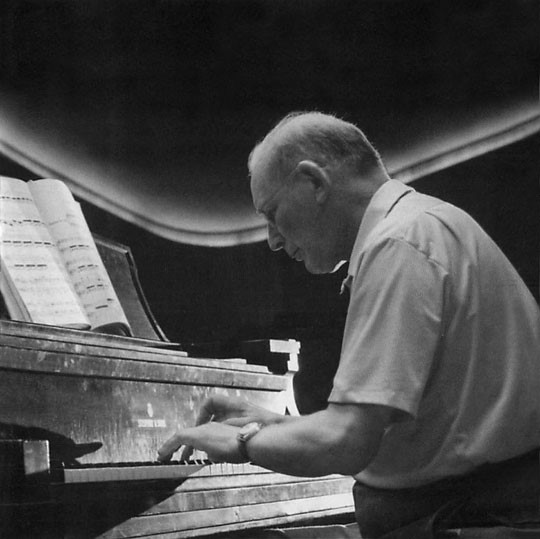December is too far away you’ll say? Ah noo, of course not! Time will fly so fast that you will realize that Christmas is in fact right around the corner! And therefore, it’s about time to start choosing our Christmas music!
Perhaps every composer has at least once dedicated a music piece to this kind holiday. And every year brings more and more Christmas music by contemporary composers who pay it a special attention. However, taking a glance at the history we see that it was not always like that. On the contrary, it used to be in quite the opposite way back in the Middle Ages, say. To begin with, ‘Christmas music’ was a mix of manifold genres like hymns, litanies, carols, chants and it was something purely religious. And above that, it used to be considered sinful and was thus strictly prohibited by Puritans and the Parliament to be sung ‘popularly’ up till the 17th century.
Luckily the situation is different today – the more music, the better. The fun thing is that ‘Christmas time’ is in fact a few weeks before the holiday itself and one or two weeks after it. But it tends to be significantly stretched today, for a couple of reasons. First of all, in most countries (and especially in the US) Christmas is an economy-buster, time for lots of shopping and general expenses. As for music, the radio stations for example are competing for being the first to announce the Christmas time start – it is believed that the first radio station to do it will win more listeners as they prefer to stick with the season-changing leader. That’s why in some places Christmas creep begins right after the Halloween is over!
So many favorite melodies widely recognized today, from ancient carols like O Holy Night to the lively Jingle Bells, Have Yourself a Merry Little Christmas or All I Want for Christmas Is You and so on. For those who celebrate Christmas ‘musically’ too – here are some lovely carols to sing along to. Get ready!
Perhaps every composer has at least once dedicated a music piece to this kind holiday. And every year brings more and more Christmas music by contemporary composers who pay it a special attention. However, taking a glance at the history we see that it was not always like that. On the contrary, it used to be in quite the opposite way back in the Middle Ages, say. To begin with, ‘Christmas music’ was a mix of manifold genres like hymns, litanies, carols, chants and it was something purely religious. And above that, it used to be considered sinful and was thus strictly prohibited by Puritans and the Parliament to be sung ‘popularly’ up till the 17th century.
Luckily the situation is different today – the more music, the better. The fun thing is that ‘Christmas time’ is in fact a few weeks before the holiday itself and one or two weeks after it. But it tends to be significantly stretched today, for a couple of reasons. First of all, in most countries (and especially in the US) Christmas is an economy-buster, time for lots of shopping and general expenses. As for music, the radio stations for example are competing for being the first to announce the Christmas time start – it is believed that the first radio station to do it will win more listeners as they prefer to stick with the season-changing leader. That’s why in some places Christmas creep begins right after the Halloween is over!
So many favorite melodies widely recognized today, from ancient carols like O Holy Night to the lively Jingle Bells, Have Yourself a Merry Little Christmas or All I Want for Christmas Is You and so on. For those who celebrate Christmas ‘musically’ too – here are some lovely carols to sing along to. Get ready!














